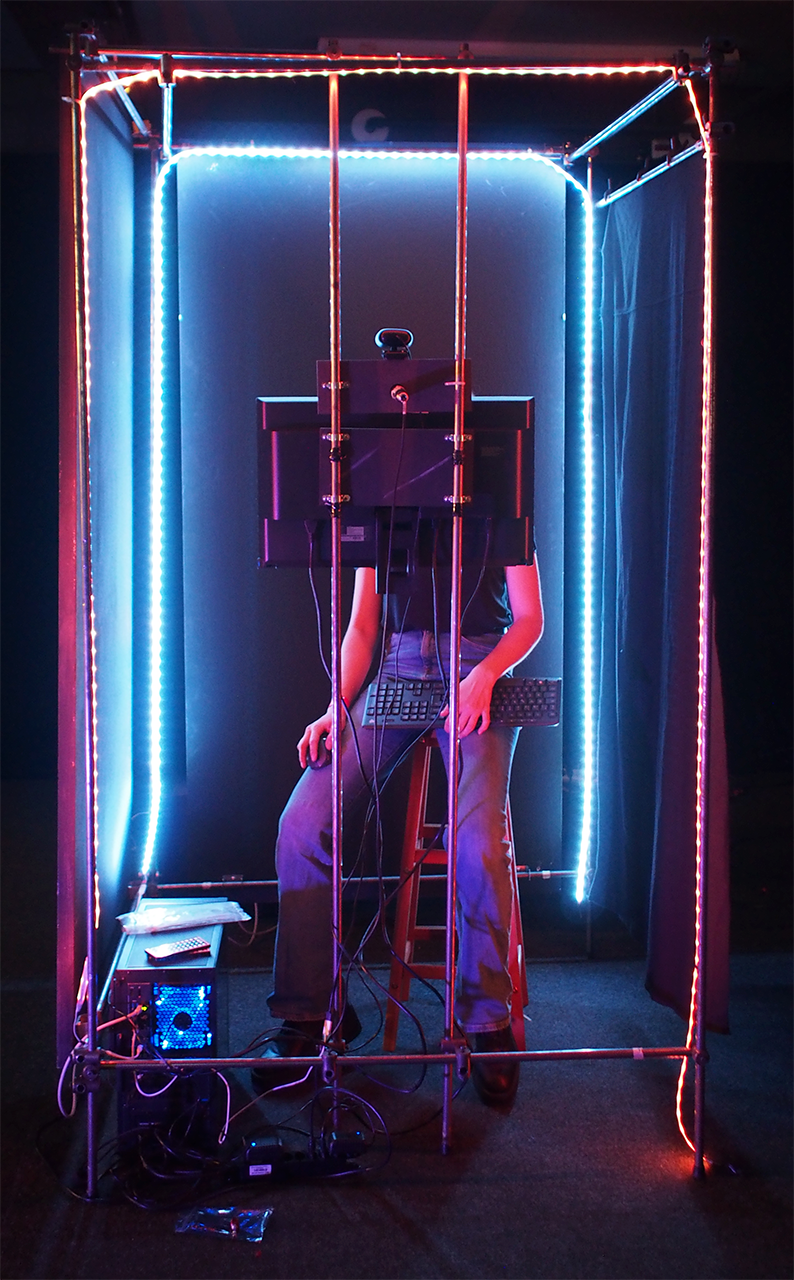Faketual Reality
Fast and intuitive system for creating believable Deepfakes
Paulina Zybinska, Interaction Design
Faketual Reality uses video and audio-controlled Deepfakes to give the visitors the immersive experience of facing their own alter egos. based on psychological “OCEAN" test and on-site recordings, simulated realities are presented to the visitors in the form of short clips with synthesised Deepfakes sentences. Through the experience of seeing the opposite of oneself, Faketual Reality grants the visitors the opportunity to gain a better and closer understanding of the social and political dimension of Machine Learning and privacy.
Both access to and diversity of production and consumption of video has grown exponentially in the last decade, and with it the proliferation of manipulated video. From a professional audiovisual media design perspective, synthetic media creation technologies - such as Deepfakes - have been around since the early days of CGI technologies. However, a paradigmatic break is currently taking place due to the rapid development of Machine Learning and Deep Learning technology, as the cost and effort of creating synthetic media that appears authentic at first glance is rapidly falling. Although Deepfakes technology carries clear risks, as it allows, with increasingly simple means, to deliberately produce fake content and misuse it for global, political, personal purposes, today already easily accessible comparable technologies are treated like another harmless trend. Faketual Reality uses an installation as a medium for analysis, in which subjects are confronted with a Deepfake of themselves to investigate their perception and response behaviors. Based on the experimental results, the project explores the risks of the foreseeable spread of this technology. By using neural network programming, a model is created that constantly optimizes Deepfakes based on audience responses, giving us a better understanding of what makes a "fake" seem authentic. Through these experimental and theoretical steps, verification strategies for Deepfakes, respectively audiovisual media, can be defined that are consistent with the current state of technology.

